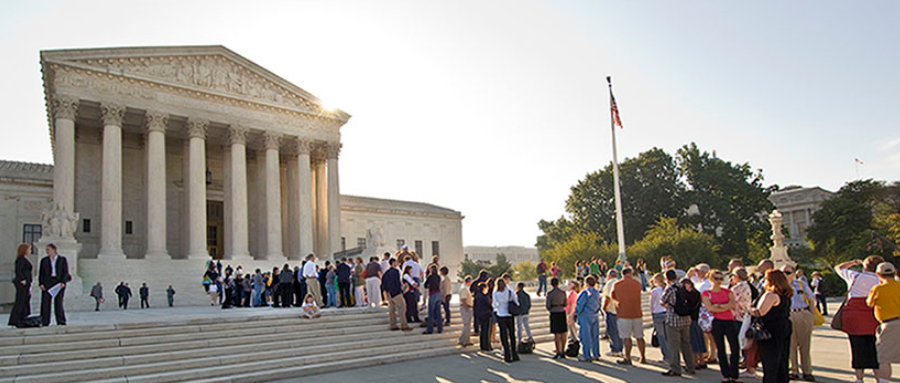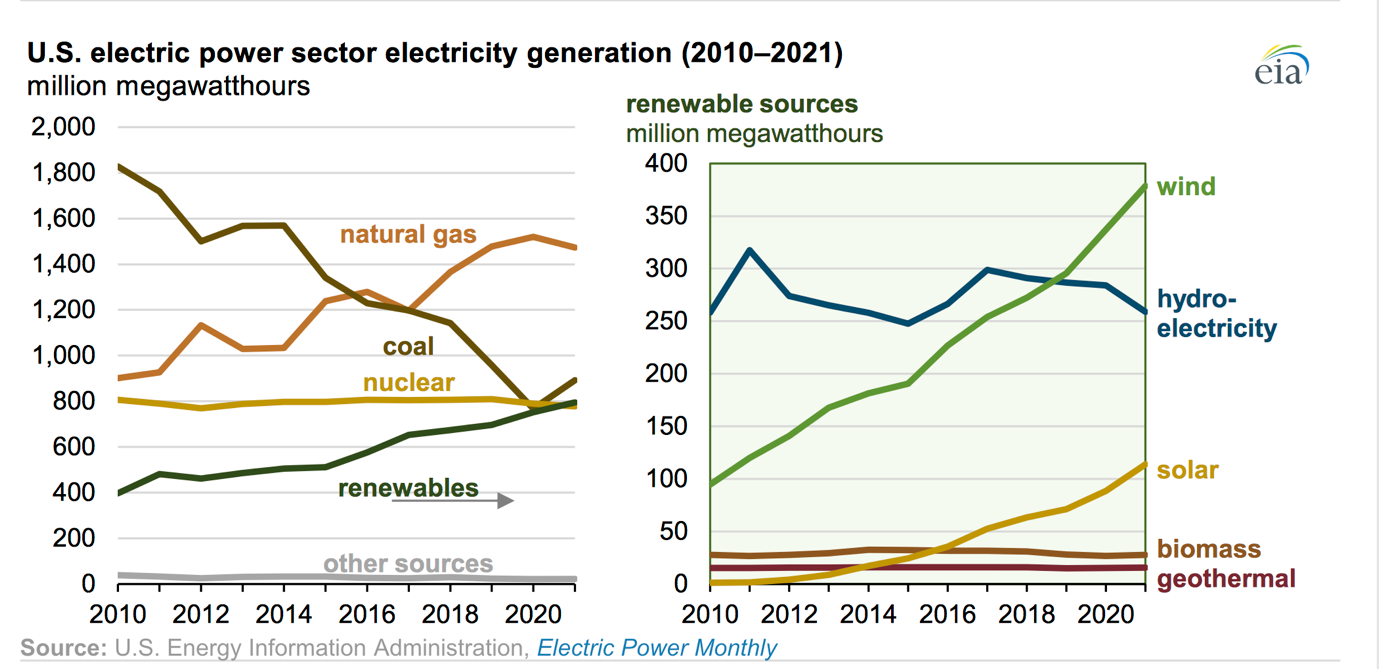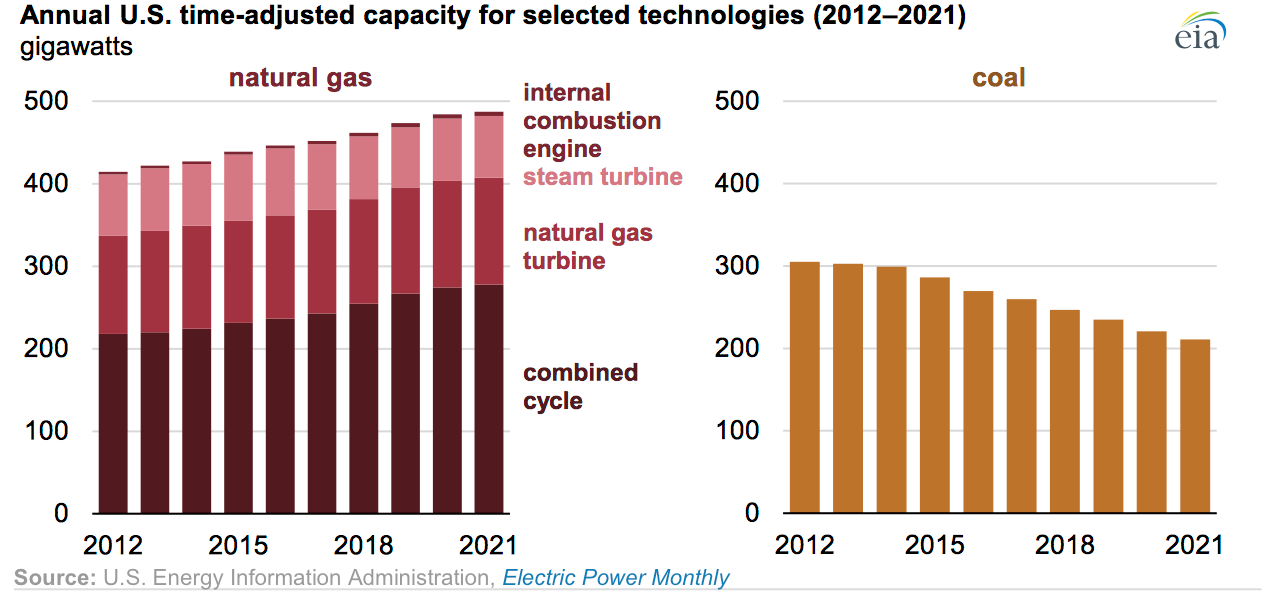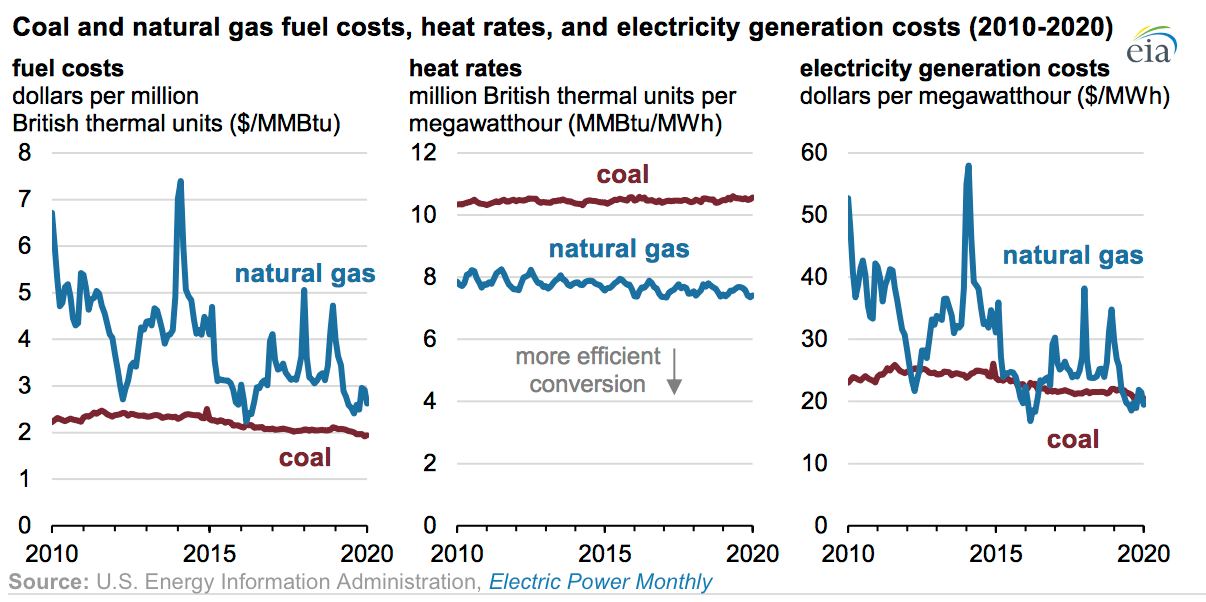

Despite concerns about the continuity of U.S. climate policy following the election of Joe Biden, many people had expected that the Biden administration’s four-year term might bring positive changes to U.S. climate policy, but the outcome of the U.S. Supreme Court ruling on 30 June 2022 has renewed the concern that US climate commitments are difficult to sustain. The U.S. Supreme Court ruled in favor of the State of West Virginia against the U.S. Environmental Protection Agency (EPA) by a vote of 6 to 3. The Court ruled that the EPA does not have sweeping authority under the Clean Air Act to mandate power generators to decisively decrease carbon dioxide emissions by replacing fossil energy with renewable energy through Clean Power Plan, a suspended executive order issued by the Obama Administration. How will this decision influence Biden Administration's efforts of decarbonizing the U.S. power system?
Federal agencies: Limited executive regulatory authority
In the U.S. political system, laws enacted by the legislative branch (Congress), while defining in detail the regulatory powers delegated by the executive branch (government), there is always the potential for unclear boundaries to be drawn in the government's enforcement and regulatory practices. In response, Congress generally responded by amending existing laws and enacting new ones. For instance, the Clean Air Act, the earliest and most influencial environmental law passed by the U.S. Congress, was enacted in 1963 and has undergone multiple major amendments, most recently in 1990.
Since its inception in 1973, the EPA has been responsible for the Clean Air Act enforcement, regulating industries and businesses that emit air pollutants that affect air quality and impair public health. Several amendments have expanded the scope, power and capability of the EPA to enforce the law. The scope of regulated pollutants changes over time, as society changes and as people become more aware of things, but the amendment in 1990 to the Clean Air Act did not include carbon dioxide as a regulated pollutant. Instead, under the Bush administration in 2007, the Supreme Court ruled that the EPA has the authority to regulate greenhouse gas emissions, such as carbon dioxide, under the Clean Air Act to fulfill its statutory to protect the environment and public health, unless scientific evidence is provided for not regulating greenhouse gas emissions.
According to the 2007 ruling, the Obama administration enacted the Clean Power Plan, which is intended to utilize the power given to the EPA to mandate a rapid low-carbon shift in the electricity system to combat climate change. Policy tools available include carbon market trading, which has been in place in the European Union for many years. States and corporations representing the interests of the fossil energy industry will not "sit on their hands" in the face of this regulatory requirement. As a result, a lawsuit against the EPA, represented by the state of West Virginia, for not having the authority to regulate in this manner, and it went all the way to the Supreme Court. The Clean Power Plan was called off by the Supreme Court in 2016 and was never actually implemented.
This Supreme Court ruling puts an end to the lawsuit. The six Supreme Court justices who voted against the EPA believed that what the EPA was doing, a matter of major transformation of a sector that impacts all of society – the power sector – was something that the EPA had no authority to regulate unless there was an explicit mandate from the legislative branch, Congress, in the form of a new legislation or an amendment to the Clean Air Act. It’s clear that the U.S. Congress has never, and will not in the near future, introduce legislation to explicitly authorize the EPA to regulate carbon emissions from the power sector. The final decision of the U.S. Supreme Court, while limiting the EPA's enforcement authority to control carbon emissions from the power sector, does not limit the EPA's regulatory ability to raise emission standards for pollutants, including carbon dioxide, to encourage positive change by individual power enterprises.
To summarize, a clear legislative mandate is required to implement a low-carbon electricity transition. Congress has not established a consensus on this matter, therefore the enforcement agency, EPA in this case, lacks the power to "go big". With the Clean Power Plan blocked, does the U.S. stand a chance of reaching its newly pledged climate goals?
Renewable energy growth and the substitution of coal power with gas-fired electricity generation is difficult to reverse
At the Leaders Climate Summit in April 2021, the Biden Cabinet promised to cut greenhouse gas emissions by 50-52 percent(3.56-3.71 billion tons of CO2) from 2005 levels (7.42 billion tons of CO2) by 2030 . The two largest carbon emissions sectors in the U.S. are the transportation and power generaton, reaching 1.88 billion tons of CO2 and 1.72 billion tons of CO2, respectively in 2019; emissions from the power sector are mainly from natural gas-fired generation (730 million tons of CO2) and coal-fired generation (990 million tons of CO2).
In 2021, amidst the economic recovery, natural gas prices rose sharply, prompting a significant reduction in gas-fired electricity generation, while coal power consumption reversed the downward trend since 2014 and increased significantly, as shown in the left half of Figure 1, with coal power generation increasing from less than 800 billion kWh in 2020 to more than 900 billion kWh in 2021. Regarding the renewable energy, wind and solar have experienced the greatest growth, with total renewable energy generation (around 800 billion kWh) already surpassing that of nuclear and coming close to that of coal.
Figure 1: Electricity generation from different generation technologies in the US power sector, 2010-2021

The increase in coal-fired power generation in the U.S. in 2021 might be a short-lived phenomenon, with substitution competition from gas-fired generation remaining significant. As shown in Figure 2, despite the substantial increase in gas prices in 2021, and the relative advantage of coal price, the installed gas-fired power capacity increase in 2021 compare to 2020, while the installed coal capacity continued to decline.
Figure 2: Time-adjusted installed capacity of gas-fired and coal-fired generation in the United States, 2012-2021

Figure 3 shows that the cost of electricity generation from coal has a limited advantage over a gas-fired generation. This is a fundamental factor to the subsitution of coal-fired generation with gas-fired generation. Coupled with the development of renewable energy sources such as wind and solar in many states, the development trend of the electricity market and decarbonization actions in the electricity sector at the local level will continue to drive the U.S. to meet its climate commitments, even if EPA's regulatory authority is limited. In the future, the author will analyze the extent to which these market-based and local climate action factors may play a role in supporting the U.S. federal government's goal of a 50-52% reduction in carbon emissions by 2030.
Figure 3: Comparison of fuel cost, calorific value per unit of electricity, and generation cost for coal and gas-fired power generation, 2010-2020

Conclusion: the new ruling doesn't necessarily mean climate goals fall short
Despite of the Supreme Court ruling, the EPA has enforcement measures such as pollutants emissions standards, in which not the entire coal-fired power sector but individual coal power plants are targeted to support a transition to low-carbon transition in power system. Meanwhile, local governments at the state and municipal level in the United States, both to the left and to the right, have been aggressively pursuing the decarbonization of power through local legislation and voluntary approaches. Colorado, for instance, passed state-level climate legislation in 2018 that sets a goal of reducing total carbon emissions by 90 percent by 2050 compared to 2005 levels.
The substitution of natural gas for coal in the U.S. power system has not ceased, and the high natural gas price may stay. However, the process of decarbonizing the U.S. power system is likely to continue in the short term, driven by factors such as supply and demand in the electricity market, the price of energy varieties, and the combined cost of power generation. With the sustained increase in renewable energy generation, climate actions by local governments and even non-state actors like corporations, and the accelerated adoption of electric vehicles, the United States could still hold the chance to meet its climate pledges by 2030.
Author: Ang Zhao
Editor: Ying Li
Translator: Yuxuan Duan
Translation proofreader: Yating Yuan
This article is an original article of the Rock Environment and Energy Institute. Please contact us to obtain the appropriate authorization to reprint. For cooperation and authorization, please send an email to: liying@reei.org.cn
* This is the translation of an article in Chinese. Should there be any inconsistency between Chinese and English version, the Chinese version shall prevail.




